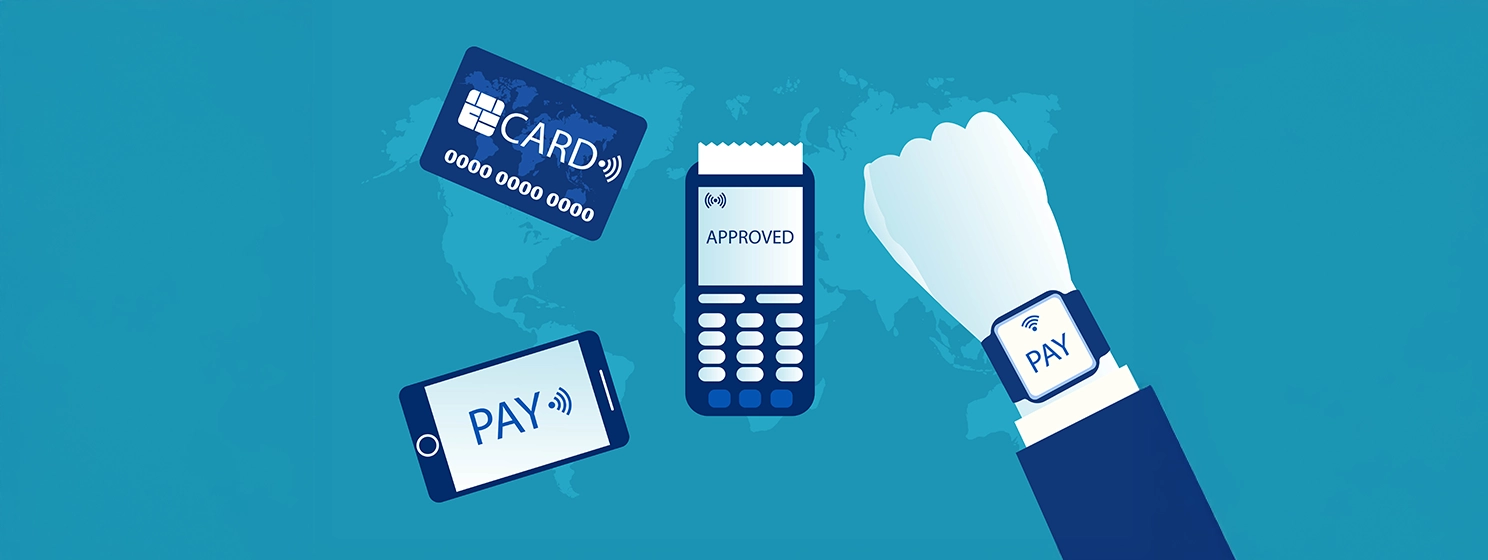|
Getting your Trinity Audio player ready...
|
A new report has predicted the dominance of digital wallets by the end of the decade, eclipsing other payment systems by a country mile, but the vertical faces dire risks of oversaturation.
The report, compiled by Juniper Research, forecasted that the number of global digital wallet users will reach a record high of 6 billion by 2030. Currently, the figure sits at 4.4 billion, with the prediction representing a compound annual growth rate (CAGR) of 6.39% over five years.
Analysts noted that the industry is on course to onboard 6 billion users by 2030, given changing consumer behavior and the pace of innovation. Already, mobile money operators are providing traditional banking services, including savings, insurance, and credit.
Advanced utilities and swift transaction times have triggered a surge in the number of global digital wallet users since 2020. Despite the forecast, the study disclosed that onboarding over three-quarters of the global population by the end of the decade will still face headwinds.
The report cited the risks of oversaturation, urging key ecosystem players to diversify the scope of their offerings. To differentiate their offerings, the analysts highlighted the options of virtual cards, Buy Now, Pay Later (BNPL), and integrations with digital IDs.
Furthermore, digital wallet providers are urged to offer multiple wallet types ranging from staged wallets to stored-value options. Meanwhile, the introduction of a wide range of payment methods, including cards, Account-to-Account (A2A) transfers with stablecoins, is tipped to be a major distinguishing factor for service providers.
“As the digital wallet space becomes increasingly saturated, differentiation using rewards and other capabilities, such as gamification or superapp features, will be vital to success,” said Thomas Wilson, Research Analyst at Juniper Research.
In advanced economies, Jupiter Research analysts added that introducing gamified experiences and personalized offers for consumers will play a role in retaining users. For developing nations, cross-border functionalities for remittances and the ease in onboarding unbanked demographics will be a key factor in achieving lofty five-year targets.
The breakneck pace of adoption
A bird’s eye view of the ecosystem reveals a heat map of adoption, particularly in Southeast Asia, since the start of 2025. One report noted that the rise of digital payments in Asia has triggered a decline in cash-based transactions, with Hong Kong, Malaysia, and Vietnam leading the charge.
Amid the surge, the region is grappling with e-wallet fraud, forcing the hand of service providers to team up against bad actors. Outside of Asia, Africa is pulling in impressive numbers with digital payments, but still faces heightened fraud risk by the end of the decade.
Mastercard moves beyond plastic cards
In other news, Mastercard (NASDAQ: MA) is pivoting from physical cards amid rising adoption rates for biometric payments in several regions, with several company executives bracing for sweeping changes.
Mastercard is inching toward tokenization and biometric authentication for online payments, a shift from its traditional model of cards. The report noted that the push for biometric-based payments is most prominent in Asia, latching on to changing consumer behavior and government policies in the region.Gautam Aggarwal, Mastercard’s division president for South Asia, predicted that card payments will become extinct in the region, giving way to biometrics. Aggarwal added that biometrics will snag significant market share from mobile and QR-based payments in the future.
“Existing physical form factors that we know of today – be it the mobile device, be it a card, be it a QR code; I don’t think those will exist,” said Aggarwal.
In Bangladesh, Mastercard has rolled out luxury biometric-based metal cards for consumers with palm vein biometrics, recording impressive adoption levels. While Bangladesh has recorded modest figures, the Mastercard executive says India is signaling signs of card-based payments extinction.
Aggarwal points to the unrivalled volume processed by the country’s Unified Payments Interface (UPI) since the start of the year. The state-backed, real-time payment system allows users to make transfers via a mobile app, with RuPay pulling in impressive numbers in the same window.
Mastercard has since launched its payment passkey service in India after racking up successes in Europe and Latin America. The new service replaces the old model of OTPs and passwords, leveraging device-based biometrics as an additional layer of security.
Zooming out, Mastercard is smoothing its pivot to biometric payments, acquiring eight cybersecurity firms over the last five years. Furthermore, the company has found real-world utility with its artificial intelligence (AI) and emerging technology offerings, with financial institutions using it to stifle the activity of bad actors.
In other parts of the globe, biometric-based payments have gained significant traction, including in South Korea, where several consumers are ditching physical wallets and smartphones. Toss FacePay, a face biometrics-based payment service, has racked up interest as cash usage in the region reaches its lowest ebb.
Watch: Micropayments are what are going to allow people to trust AI

 12-08-2025
12-08-2025 





